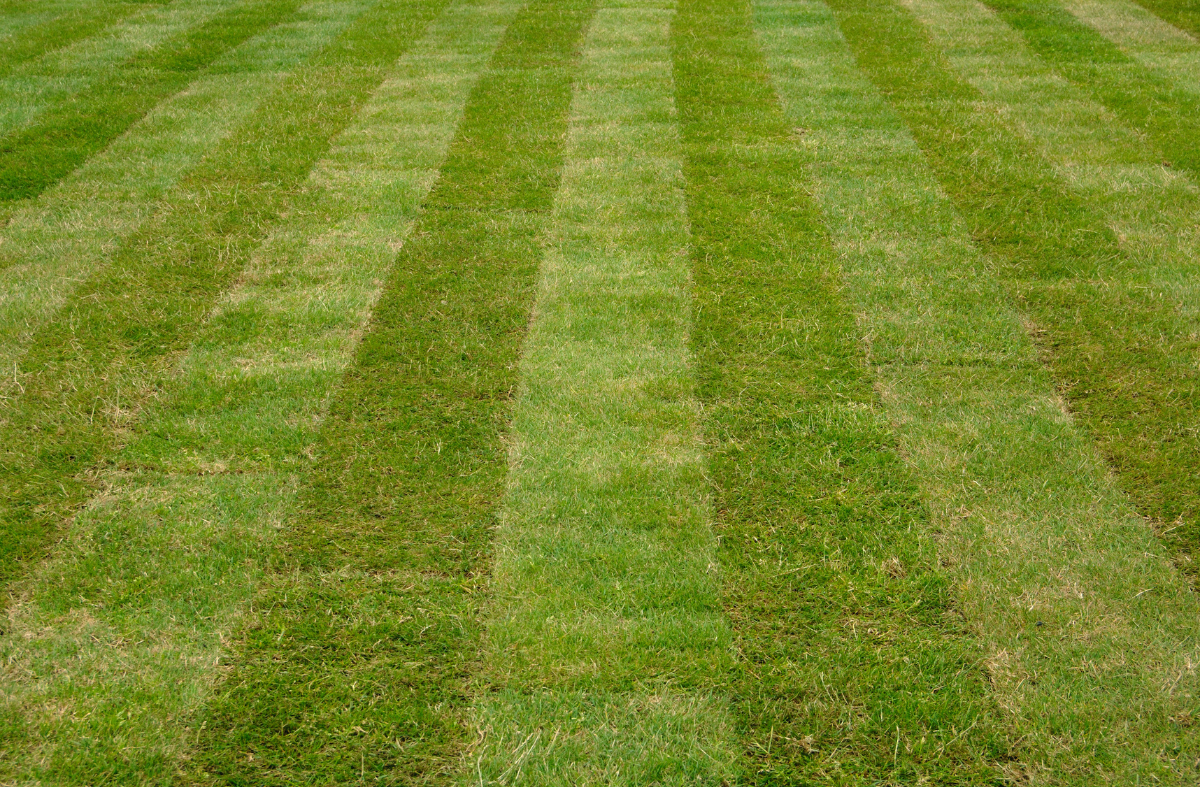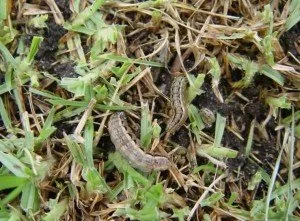
New Turf
Preparing, laying and caring for new turf. This is where you will find everything you need to know for planting a new lawn.
Measuring Up
To measure your garden for turf requirements divide the area into squares, rectangles or triangles.
-
To measure your garden for turf requirements divide the area into squares, rectangles or triangles. Work out the area for each and then add up for the total. eg 3M x 6M = 18M2. (For triangle shape spaces, the easiest way is to work out for a square/rectangle and then halve it.)
Preparation
Like most jobs, preparation is the all important thing. If you do not have decent soil to grow turf in you will always be battling and will never have a great lawn.
-
Like most jobs, preparation is the all important thing. If you do not have decent soil to grow turf in you will always be battling and will never have a great lawn.If you have clay soils, apply gypsum to the whole area, including garden beds. Compacted soil will need to be rotary hoed to approx. 100mm or alternatively you can bring in coverage of approx. 50mm of sandy loam. Tanby Garden Centre produces Turfsoil which makes an ideal base for this purpose. Sandy soils will only need organic material added to them and for this we recommend our compost product. Check that you don’t have ponding, 3-5% slope is ideal.
Planting
Spread organic fertiliser at the recommended rates. (Grassmaster, available from Tanby Garden Centre, is 1kg/10M2). Lay turf across the
-
Spread organic fertiliser at the recommended rates. (Grassmaster, available from Tanby Garden Centre, is 1kg/10M2). Lay turf across the slope in a brick pattern with staggered joints. Generally start on straight edges of house pad and work out.
Watering & Rolling
Once turf is laid its important it is watered as quickly as possible. While you are laying turf have a sprinkler coming behind you giving
-
Once turf is laid its important it is watered as quickly as possible. While you are laying turf have a sprinkler coming behind you giving it a good soaking. The initial watering should be enough to soak through the sod and wet the soil underneath. Thereafter turf requires light watering (in summer 3-4 times a day for approx 10-14 days) until it gets its roots into the soil. Once you have resistance from roots to lifting turf, watering can be backed off gradually. This nursing in period for turf can take a month. Eventually the aim is to water your lawn once every 10 days to two weeks with a good soaking. The watering frequency will depend on the soil type. The ONLY reason turf will die in the first 10 days is lack of water. If you let turf get a set-back this may allow weed penetration. If you are planting turf with a restricted water supply a thin layer of sand over the laid sod will help hold moisture.
Mowing
Mowing should not be attempted until turf has been down at least 10 days. First mowing should be higher than your required height. Bring
-
Mowing should not be attempted until turf has been down at least 10 days. First mowing should be higher than your required height. Bring mower down to your required height one week later. Do not leave initial mowing for more than 20 days.
Grubs
The new roots put down by new turf are the preferred food for Lawn Army Worms. If any unexplained dead spots appear in your new turf.
-
The new roots put down by new turf are the preferred food for Lawn Army Worms. If any unexplained dead spots appear in your new turf there is a 95% chance it will be Lawn Army Worm. Pesticide should be sprayed in the evening as the grubs bury deep into the soil during the day and only come to the surface to feed on your lawn during the night.
How to purchase and collect your new turf
In order to bloom, you must grow!
Grow Loyalty Club
Growing points for growing gardens!
Our Grow Loyalty Club is FREE to JOIN and rewards you with points you can redeem on future purchases.



